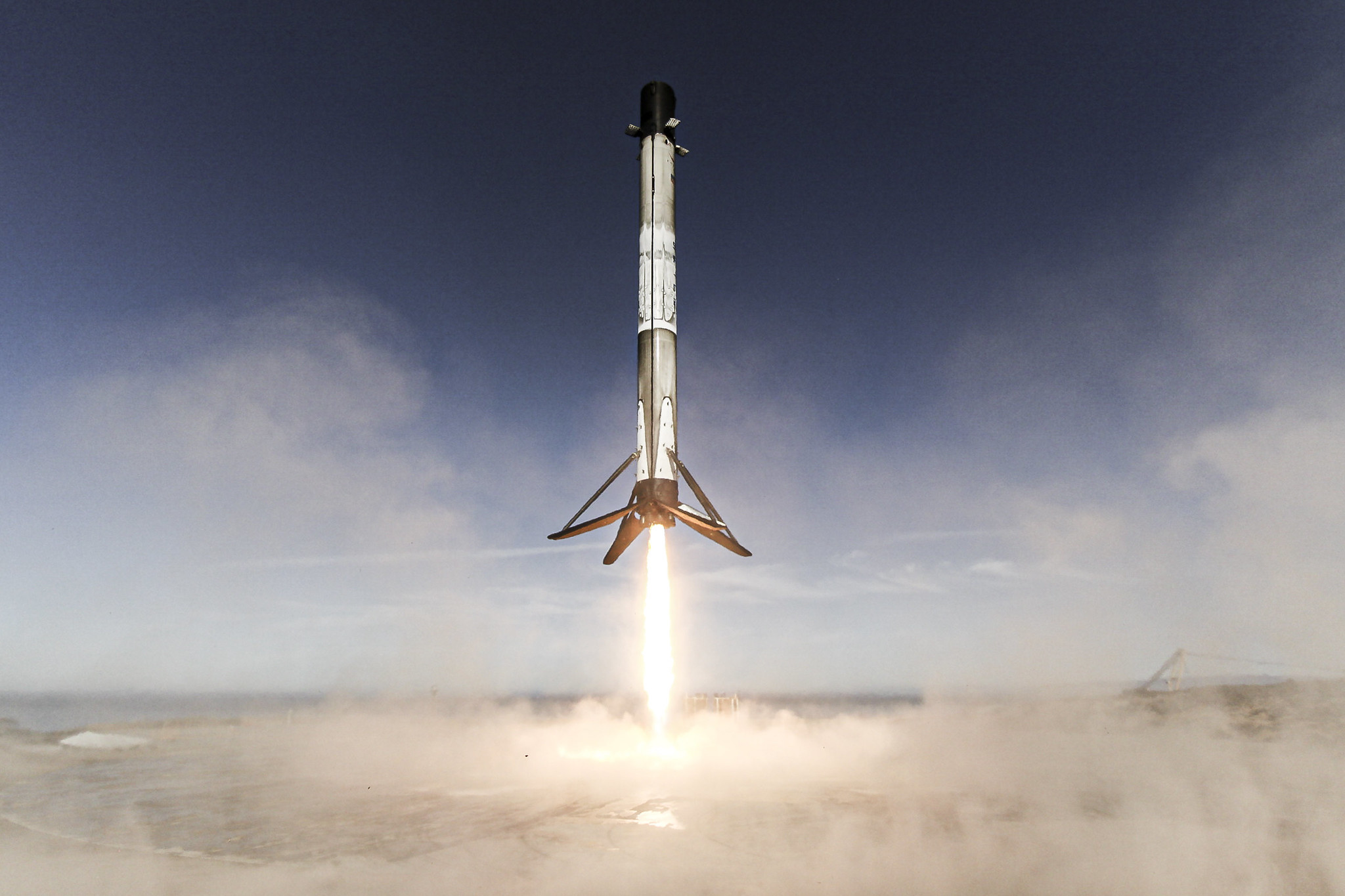Col. Rob Bongiovi said a design validation of the booster that will launch GPS 3 SV05 will be completed this month
WASHINGTON — The U.S. Space Force this month will complete a design review of a SpaceX Falcon 9 booster that flew a military GPS satellite to orbit last summer. The booster is expected to fly another GPS satellite sometime in June.
The upcoming launch of the fifth GPS 3 satellite known as SV05 will be the first mission under the national security space launch program to use a refurbished Falcon 9 booster. The satellite, made by Lockheed Martin, arrived at Cape Canaveral, Florida, last month.
The booster that will fly GPS 3 SV05 has flown once before. It launched GPS 3 SV03 on June 30 and landed on a drone ship. That was the first time SpaceX recovered a booster following a national security space launch mission. SpaceX launched a GPS 3 satellite in December 2018 but the first stage was expended due to government requirements that did not make it possible to bring the booster back to Earth.
Col. Rob Bongiovi, director of the Space and Missile Systems Center launch enterprise, said a “non-recurring design validation” of the booster that will launch GPS 3 SV05 will be completed in early May.
In a statement to SpaceNews, Bongiovi said the Space Force “is leveraging reusability to increase reliability, responsiveness, flexibility and affordability while maintaining an unprecedented record of mission success.”
SpaceX also launched GPS 3 SV04 on Nov. 5 and recovered that booster, which the Space Force agreed to fly again to launch GPS 3 SV06.
The contracts with SpaceX to launch both GPS SV05 and SV06 in 2021 were renegotiated last year to allow reused boosters, saving the government about $64 million, Bongiovi said.
The non-recurring design validation of the booster that will fly SV05 has taken several months. Much of the work is done by The Aerospace Corp., which provides technical guidance and advice to the U.S. government.
The process to validate the reused booster “was built off the foundation we used for the original expendable booster certification — and then we augmented it to account for elements that see extra duty cycles, thermal or dynamic loading events as part of the re-entry, landing and reuse,” Randy Kendall, Aerospace vice president of launch and enterprise operations, told SpaceNews.
SpaceX, according to its latest count, has landed 75 first stages, and many of its boosters have flown multiple times. But reusability is a relatively new thing for national security launch.
“We’ve only flown three NSSL missions with SpaceX, so we’re still building our experience base with them,” said Kendall.
“We have been following their commercial missions and are leveraging that heavily to build the database for the reuse certification,” he said. “Once we’re complete with our certification process, we don‘t consider the reused booster any higher risk than any other booster — by definition it meets the same reliability standard we hold all of the NSSL rockets to.”
